Is there anything better than fresh, well-made sushi? I pretty much want to eat it whenever possible. Ramen is also one of the most satisfying foods—a hot bowl of soft noodles in pork broth, yes please! But I’ve only been exposed to these foods here in the U.S.; I’ve never been to Japan. When it comes to pairing a drink with my sushi or ramen, I’m completely stumped as to which sake to pick. Sake is an incredibly unique, enigmatic, and versatile beverage that can compliment food just as wonderfully as wine. There are a myriad of factors that determine sake’s flavor—and it can be intimidating to think about it all.
To get a grasp on understanding sake from a beginner’s perspective (and Japanese food lover’s perspective), I enlisted the help of a few sake professionals: Chance Johnston and Philip Gilmour, co-owners of the Brooklyn izakaya Moku Moku, and their general manager Josh Neiderer, as well as Andrew Richardson, who works in sales at World Sake Imports. In Japan, an izakaya is a casual bar where you snack on grilled meats and drink beer or sake with friends. Gilmour and Johnston are serious sake enthusiasts, and they were eager to share their passion with people who want to get into drinking sake. Here is some of the wisdom these sake lovers imparted, plus a few bottles they recommend.
Basic Facts About Sake:
It’s actually a myth that sake is a rice wine; it’s not considered a wine because there isn’t the same process of yeasts converting sugar to alcohol—instead, starch is what must be converted via fermentation. “Sake is really in it’s own category, and if anything, it’s closer to beer,” says Andrew Richardson of World Sake Imports. There’s a complex process involved in making sake, including a “parallel fermentation.” First, the polished rice is fermented with the addition of a mold spore called koji; following that, it is inoculated with yeast for a second fermentation. For more about the sake making process, check out the illustrated guide on the website of Masumi, a premium sake producer.
Most sake is dry, Richardson explained. There’s something called the SMV that is often displayed on the back label of a sake bottle, with numbers ranging from -4 to +4. The SMV measures “the buoyancy of sugar,” as well as amino acids, Richardson says. In other words, expect sake to be dry, although the strong floral notes may produce a sensation of sweetness on your palate.
Sake’s Three Main Styles:
Sake’s complexity, elegance, and price point all have to do with how polished the grains of rice are that go into it. “The more polished the sake, generally speaking, the cleaner the starch and therefore the cleaner the taste,” is how Gilmour explains it. In addition to these main categories, there are numerous other factors that affect how sake tastes: pasteurization, filtering, the addition of alcohol, and dilution. These are all techniques that vary according to the sake master’s approach.
There are three levels of rice polishing, which also correspond to a sake’s price:
- Junmai: 70 percent (or less) remains unpolished; typically display a robust rice flavor and tend to be light and refreshing on the palate; this is “entry-level” sake
- Ginjo: 60 percent (or less) remains unpolished; fruity and floral notes, more nuanced than Junmai but still light and refreshing
- Daiginjo: 50 percent (or less) remains unpolished; made in smaller quantities with more traditional methods; richer flavor and aroma profiles displaying complexity and finesse
Serving And Pairing Sake:
“Sake is so versatile as a food wine,” says Chance Johnston. “It pairs with a lot of things that can be difficult for wine—like asparagus, for example.” It typically comes in bottles slightly smaller than wine—720mL as opposed to 750mL. Your sake pours don’t need to be as large as a glass of wine. Also, per Japanese custom, it is polite to pour for your dining companions before filling your own glass.
Temperature is important when it comes to sake. Generally, Johnston and Gilmour prefer serving sake at room temperature, as opposed to straight from a cold fridge. If you are going to serve sake warmed up, try making a double-boiler with a glass carafe in a pot—and don’t bring it all the way to boiling. Too-hot sake will lose flavor. Instead, aim for about 110 degrees.
“A lot of sake connoisseurs say that hot sake isn’t good because it eradicates the flavor,” says Gilmour. “So you should really only heat up cheap sake. Then again, there’s a time and a place for hot sake from a machine.”
Bottles To Try:
Asabakiri “Suijin,” Junmai $25
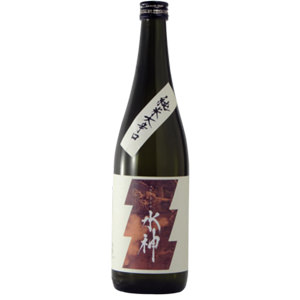
Bone dry and slightly astringent. A fantastic entry-level sake.
Pair With: Fatty meats like pork belly and fish, like toro; miso black hog; rib-eye steak
Miyasaka “Yawaraka” Junmai $22
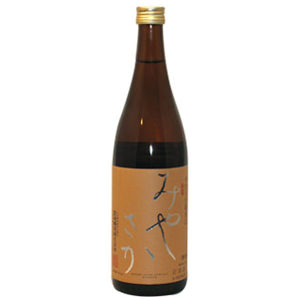
This sake is slightly lower in alcohol than most—12 percent ABV as opposed to 15—so you could have it for lunch, with sushi. Room temperature, it’s soft, floral, and very light. When warm, it displays profound umami notes, and is very comforting, with even more subtle flavors.
Pair With: Sushi, Banh Mi, Ramen
Akitabare “Shunsetsu” Honjozo $27
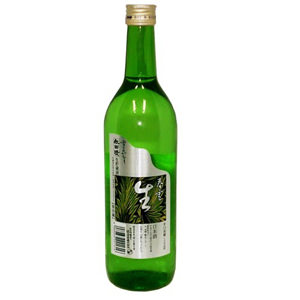
A “hanjozo” sake is made with the addition of brewer’s alcohol, so the taste is a bit more robust and it will be a touch higher in ABV. Gilmour says that adding alcohol to sake is a technique akin to “dusting salt over a piece of fine meat—it just adds the right amount of flavor.” This one is crisp and dry yet very floral.
Pair With: Ramen
Kokuryu Kuzuryu Junmai $32
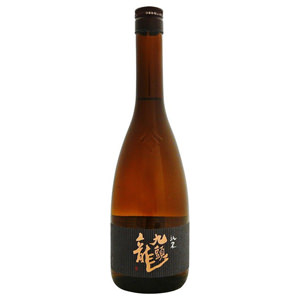
A very aromatic sake, with loads of stonefruits on the nose, followed by creaminess, umami on the palate, and a boost of acidity.
Pair With: Vegetable dishes and salads as first course of a meal
Tedorigawa “Kinka” Daiginjo, $45
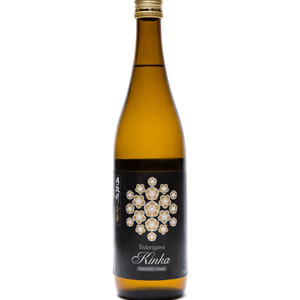
This is an unpasteurized sake, which gives it an overall smokiness and umami flavor, as well as notes of ripe cantaloupe. Fantastic example of the complexity and quality to be found in Daiginjo sake.
Pair With: Sashimi, Tempura, anything with mushrooms
